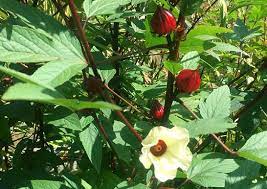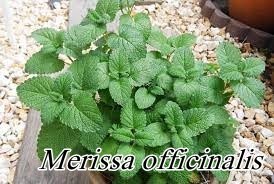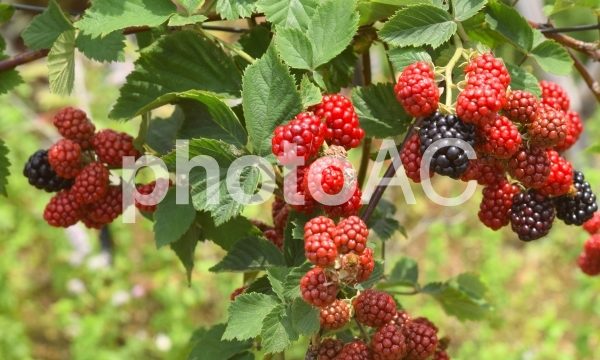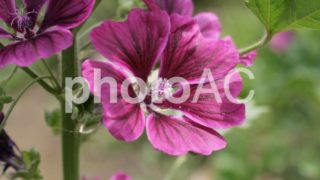The herb introduced in this article is about roselle, commonly known as hibiscus, a tropical plant.
Main Ingredients and Action
Phytoacids
The main components of the acidity of roselle are mainly citric acid and hibiscus acid, which are soluble in water, etc.
It mainly relieves fatigue and increases energy metabolism, and drinking this tea when you are tired can help relieve fatigue.
Characteristics
Native to the tropics, it is a short-day plant. It is a short-day plant, meaning that it can only be harvested between daytime and dusk, from the time of flowering to the time of wilting.
Various Uses
Cooking
The sour calyx is good for cold desserts, jellies and sorbets, and for baking jams, pies, and other sweets.
The leaves can be used in salads, and the leaves become brightly colored when soaked in vinegar.
Cultivation
Propagation is recommended from seed. Note, however, that harvesting bracts outside of Okinawa is more difficult.
History
Ancient Egypt
In Egypt, along the banks of the Nile River, the leaves and seeds were used for food and the stems for fiber.
Slave Trade Era
Around the 16th century, the sour calyx attracted attention in Europe, and it is reported that Japanese immigrants to South America chewed these calyxes instead of dried plums.
Modern Times
In modern times, it is called a multipurpose plant “multi-herb,” and its stems can be used as fiber, its seeds as industrial oil, and the squeezed waste as livestock feed, so it can be used without excess.
However, when it was introduced around the 20th century, it was not very popular because it was susceptible to cold and difficult to produce calyxes and seeds even when it flowered.
Scientific name: Hibiscus Sabdariffa L
Hibiscus
This is an ancient Greek and Latin name given to a member of the genus Hibiscus.
Sabdariffa
The etymology of this name is not yet known, but one theory is that it comes from the ancient Egyptian goddess of beauty.
Postscript
In this article, I explained about Roselle.
When I first saw this name, what is this? I wondered, “I’ve never heard of this before. I then searched for books and learned that roselle = hibiscus, an herb that I learned that common names and book knowledge do not always coincide.
As a side note, a tea made from the bracts is called “Bizap” and is popular in Africa and the Middle East. The tea is made from the dried edible variety, and should not be mistaken for the ornamental variety.
In addition, the taste varies depending on the region of origin, such as the dark-colored Chinese variety or the more acidic Sudanese variety, so why not try some when you see it?






